View all Standards for California VAPA Standards (2001)
1.1 Development of the Vocabulary of Theatre - Use the vocabulary of theatre, such as ensemble, proscenium, thrust, and arena staging, to describe theatrical experiences.
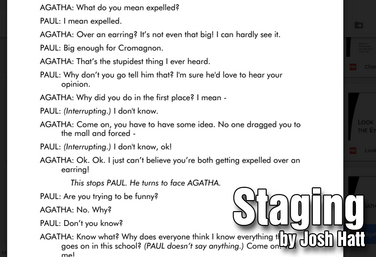
Part of the Technical Theatre Mini Units Curriculum
Staging
by Josh Hatt
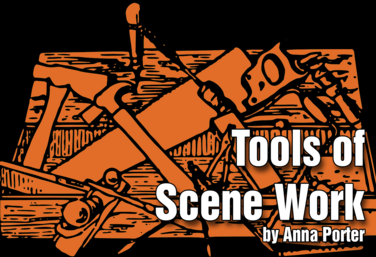
Tools of Scene Work
by Anna Porter
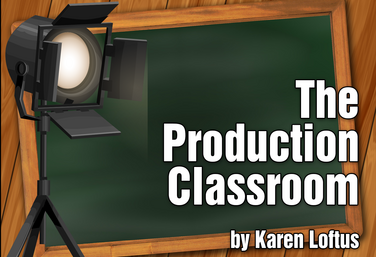
Part of the Production Classroom Units Curriculum
Production Classroom Units Overview
by Karen Loftus

Part of the Production Classroom Units Curriculum
Part One - Pre-Production
by Karen Loftus

Part of the Production Classroom Units Curriculum
Part Two - Rehearsal and Performance
by Karen Loftus

Part of the Production Classroom Units Curriculum
Part Two - Documents
by Karen Loftus

Part of the Production Classroom Units Curriculum
Part Three - Reflection and Assessment
by Karen Loftus
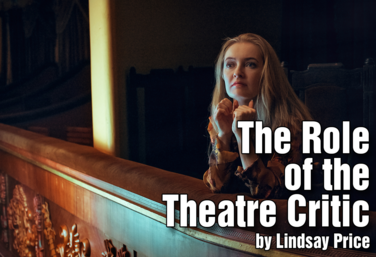
The Role of the Theatre Critic
by Lindsay Price
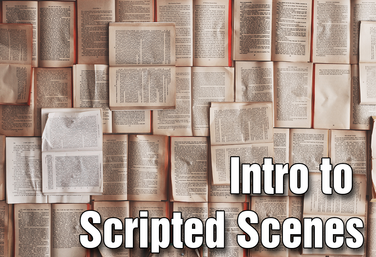
Part of the Middle School Curriculum
Unit Four: Intro to Scripted Scenes
by Lindsay Johnson
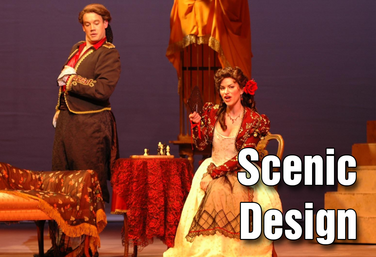
Part of the Stagecraft Without a Theatre Curriculum
Scenic Design
by Karen Loftus

Part of the Stagecraft Without a Theatre Curriculum
Culminating Project
by Karen Loftus
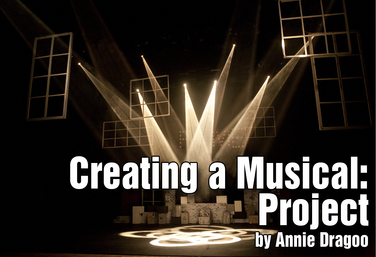
Creating a Musical: Project
by Annie Dragoo
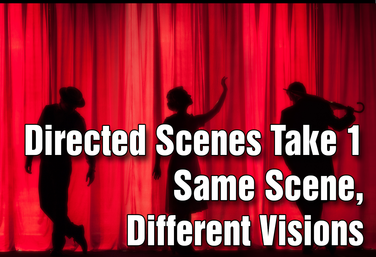
Part of the Middle School Curriculum
Unit Six: Directed Scenes Take 1: Same Scene, Different Visions
by Lindsay Johnson
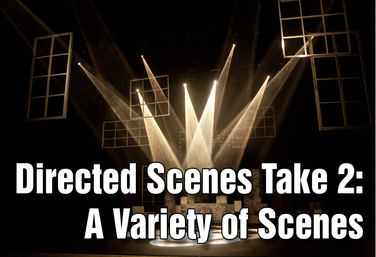
Part of the Middle School Curriculum
Unit Seven: Directed Scenes Take 2: A Variety of Scenes
by Lindsay Johnson
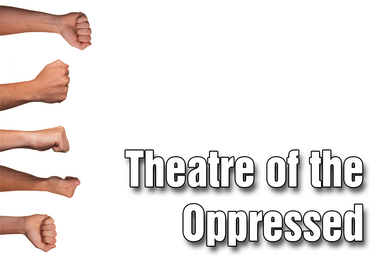
Part of the Middle School Curriculum
Unit Eight: Theatre of the Oppressed
by Lindsay Johnson
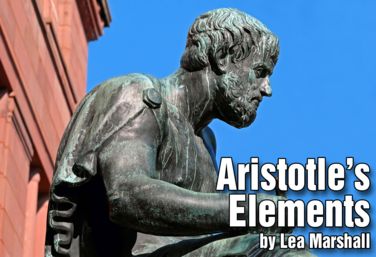
Aristotle's Elements
by Lea Marshall
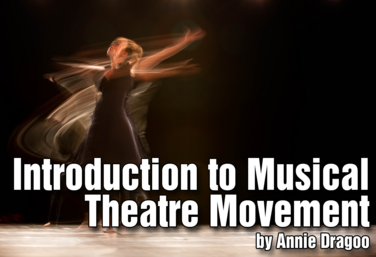
Introduction to Musical Theatre: Movement
by Annie Dragoo
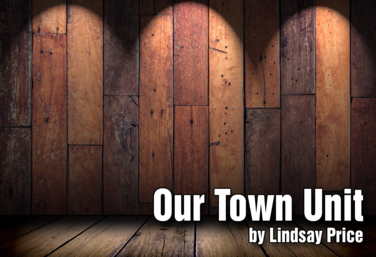
Our Town Unit
by Lindsay Price

Part of the Distance Learning Curriculum
What is Theatre?
by Lindsay Price and Karen Loftus

Part of the Distance Learning Curriculum
Improvisation
by Lindsay Price and Karen Loftus
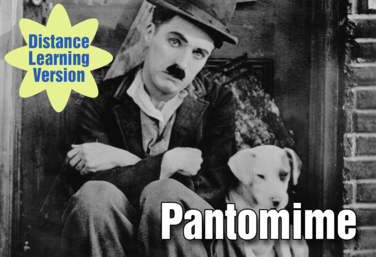
Part of the Distance Learning Curriculum
Pantomime
by Lindsay Price and Karen Loftus
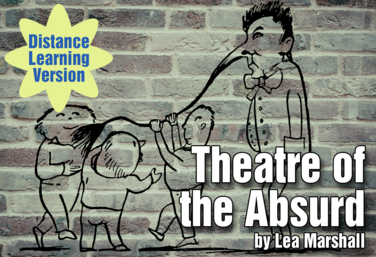.png)
Part of the Distance Learning Curriculum
Theatre of the Absurd
by Lea Marshall
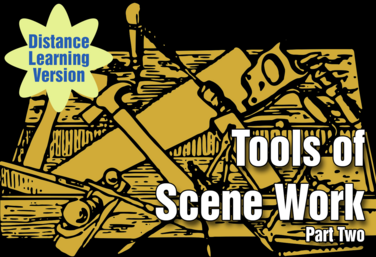
Part of the Distance Learning Curriculum
Scene Work: Part 2, Student Self Staging
by Lindsay Price
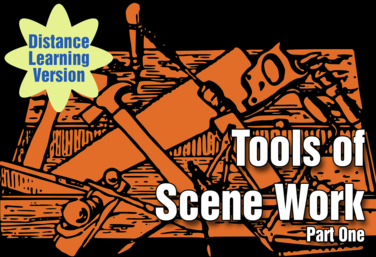
Part of the Distance Learning Curriculum
Scene Work: Part 1, Tools of Scene Work
by Lindsay Price

The Dilemma Project
by Claire Broome
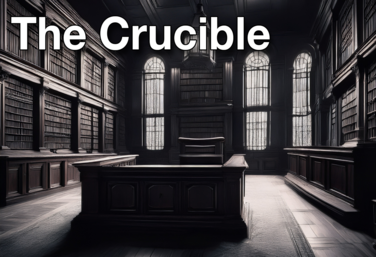
The Crucible Unit
by Lindsay Price
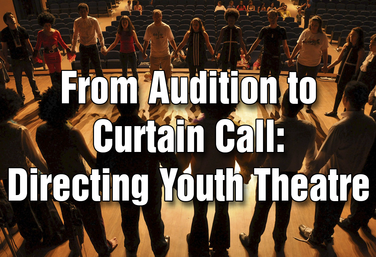
From Audition to Curtain Call: Directing Youth Theatre
by Steven Stack
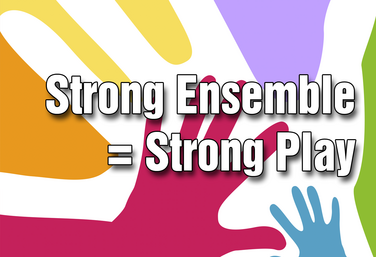
Strong Ensemble = Strong Play
by Craig Mason
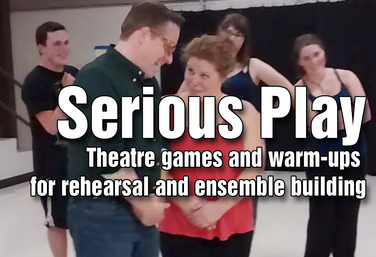
Serious Play: Theatre Games and Warmups for Rehearsal and Ensemble Building
by Todd Espeland
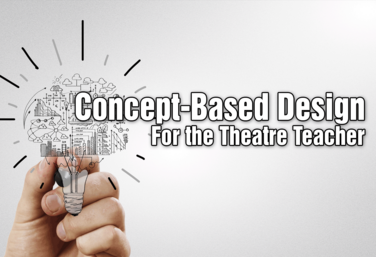
Concept-Based Design for the Theatre Teacher
by Matt Webster
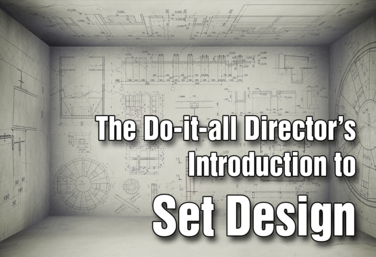
The Do-it-All Director's Introduction to Set Design
by Holly Beardsley
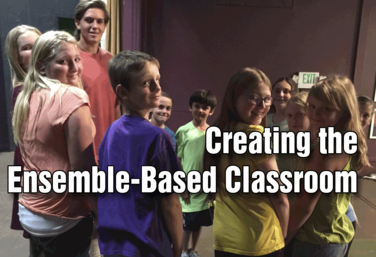
Creating the Ensemble-Based Classroom
by Gai Jones
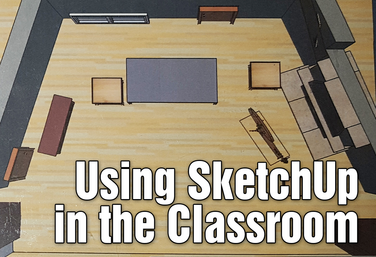
Using SketchUp in the Classroom
by Ray Palasz

The Production Classroom
by Karen Loftus
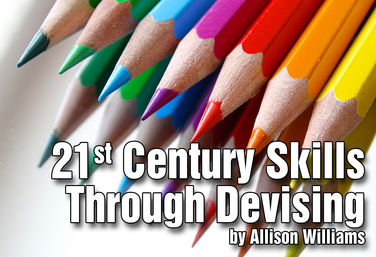
21st Century Skills Through Devising
by Allison Williams
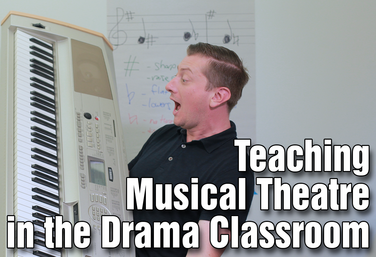
Teaching Musical Theatre in the Drama Classroom
by Colin Oliver
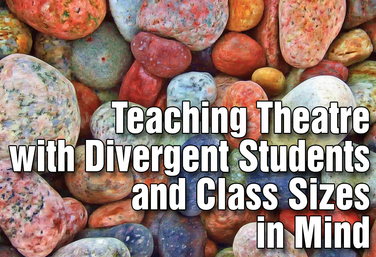
Teaching Theatre with Divergent Students and Class Sizes in Mind
by Steven Stack

Marketing the Arts
by James Van Leishout
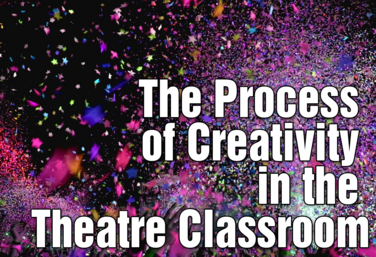
The Process of Creativity in the Theatre Classroom
by Gai Jones
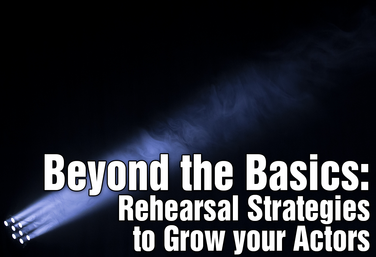
Beyond the Basics: Rehearsal Strategies to Grow Your Actors
by Julie Hartley
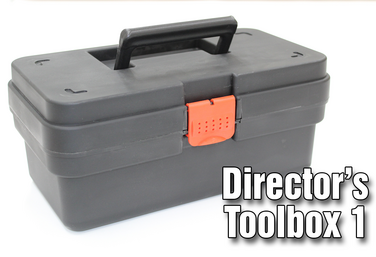
Director's Toolbox 1: Teaching Students to Direct
by James Van Leishout
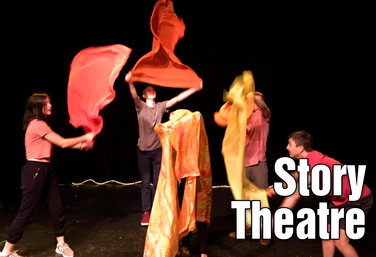
Story Theatre
by Matt Webster
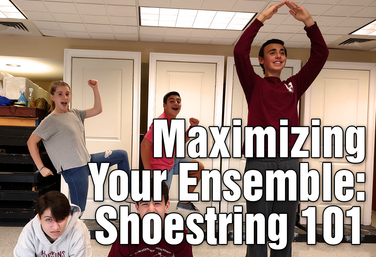
Maximizing Your Ensemble: Shoestring 101
by Michael Calderone

Director's Toolbox 2: Teaching Students to Direct
by James Van Leishout
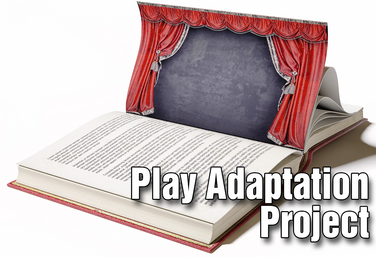
Play Adaptation Project
by Lindsay Price

The Dilemma Project
by Claire Broome

Social Emotional Learning through Game Play
by Matt Webster
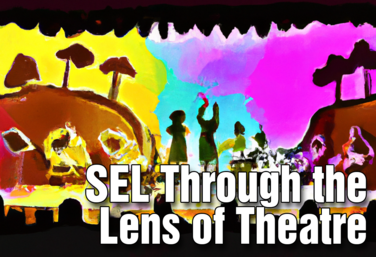
SEL Through the Lens of Theatre
by Christa Vogt
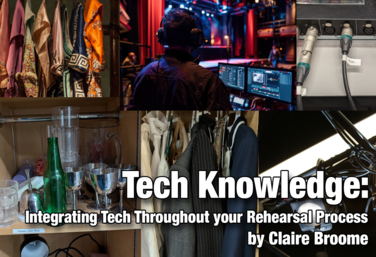
Tech Knowledge: Integrating Tech Throughout Your Rehearsal Process
by Claire Broome
View all Standards for California VAPA Standards (2001) Standards Master List